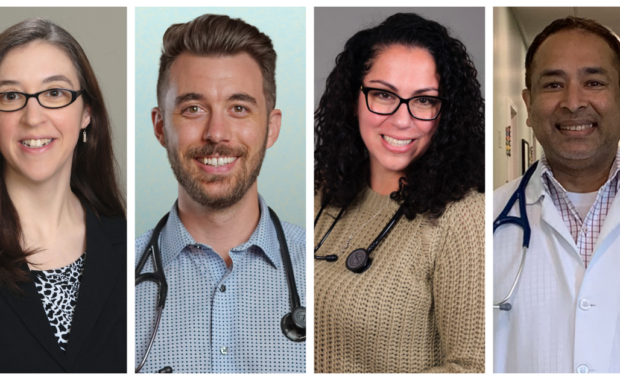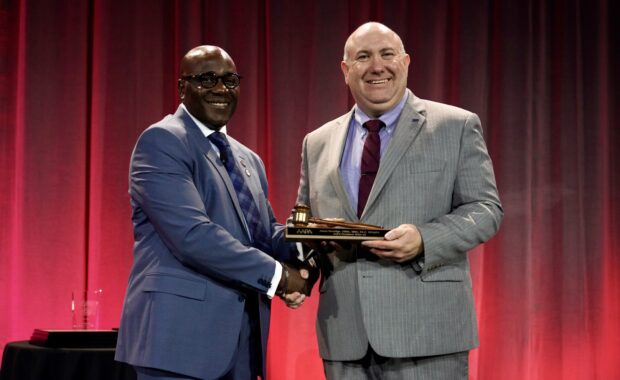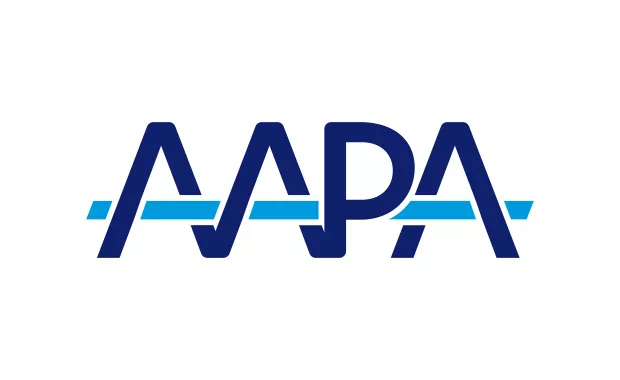AAPA to Enhance Continuing Medical Education Criteria
Enhancements to allow more flexibility, innovative learning opportunities
Contact [email protected]
ALEXANDRIA, Va. (August 30, 2018) – Today, the American Academy of PAs (AAPA) announced modifications to its Continuing Medical Education (CME) criteria. These changes will align AAPA’s criteria with those of the Joint Accreditation for Interprofessional Continuing Education and its emphasis on delivering continuing education planned by the healthcare team and for the healthcare team. With the new criteria, AAPA joins other CME accrediting bodies such as the American Medical Association’s (AMA) and the Accreditation Council for Continuing Medical Education (ACCME®) in their recent move to streamline expectations for accredited CME activities certified for AMA PRA Category 1 CreditTM. It will also allow CME providers enhanced flexibility while enabling the creation of more innovative learning opportunities for PAs.
“PAs are life-long learners who are committed to continuously expanding their knowledge and skills,” said Jonathan E. Sobel, DMSc, MBA, PA-C, DFAAPA, FAPACVS, president and chair of the AAPA Board of Directors. “Our new CME criteria will foster opportunities for creating innovative learning experiences that are necessary in today’s ever changing healthcare environment. We know that this will afford PAs more flexibility so they can focus on their first priority—delivering high-quality patient care.”
Specific changes to the CME criteria include the following:
- Eliminating mandatory formal learning objectives and permitting specific goals for a CME activity must be communicated to learners to satisfy CME requirements. This modification recognizes that learning can take place in various settings, some of which are informal, and still be acceptable for CME credit. For example, under the new criteria, a healthcare team debrief after a challenging case might be an acceptable CME activity and would not require the development of formal learning objectives to be eligible for CME credit.
- For enduring materials, as an alternative to graded post-tests taken after a CME activity, a traditional evaluation may be used to assess whether the activity met its educational purpose and/or objective.
AAPA’s enhanced CME criteria also emphasize the role of CME in enhancing healthcare team performance and outcomes of which PAs play a critical part. Along with its Joint Accreditation partners, AAPA is prioritizing changes to its CME criteria which will encourage enhanced innovation and flexibility, ensure all activities continue to meet high-standards, and prevent the impact of commercial influence.
For more information about the new CME criteria visit aapa.org/learningcentral.
###
About the American Academy of PAs
AAPA is the national organization that advocates for all PAs and provides tools to improve PA practice and patient care. Founded in 1968, AAPA represents a profession of more than 123,000 PAs across all medical and surgical specialties in all fifty states, the District of Columbia, the U.S. territories and the uniformed services. Visit www.aapa.org to learn more.



